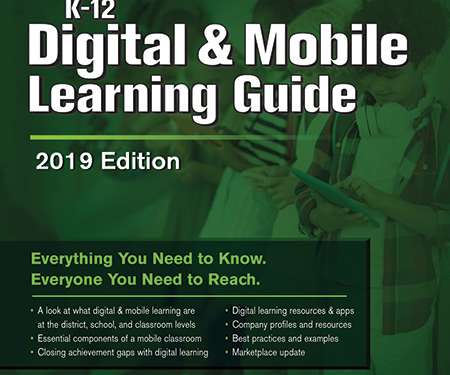Progress Made on K–12 Connectivity, But Work Remains
EdTech Magazine
FEBRUARY 12, 2019
Teachers and students are well on their way to fulfilling the mission of seeing 99 percent of all schools connected to next-generation broadband, according to the “2018 State of States Report” from EducationSuperHighway. million students and 1,356 schools lack basic infrastructure needed for digital learning, according to the report.















































Let's personalize your content